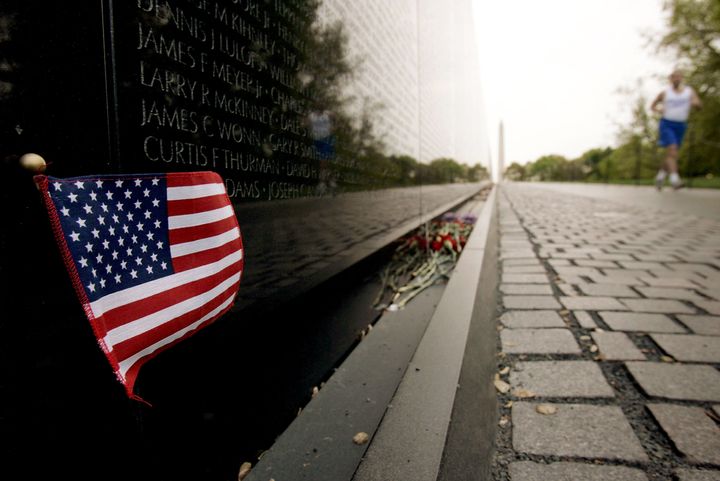
Southern California, 1971: I had just returned from Vietnam where I served as a psychiatric social worker, and I was finding vets like me living on the street, under bridges, or in temporary communities of hooches in vacant lots or remote beaches and canyons.
My job was to figure out why they weren't taking advantage of VA services. To me, the answer was obvious: clinics were hard to get to whether you were in an urban area or in the wilderness, and the system was not easy to navigate. Any bureaucracy was a symbol of all that had gone wrong with that war.
That was almost 42 years ago and I am still going out to find homeless vets. These days, the National Veterans Foundation has a van that we use for outreach in the greater Los Angeles area. We've learned that homeless vets aren't where you'd most expect to find them. You have to go out to where they are, in the shadowy infrastructure of the city, in vacant lots, abandoned buildings. You have to search out the encampments that spring up on empty land. And when you find them, you have to create a relationship with them in order to be let in, to a position where you can offer help.
Here's an unexpected piece of good news: The VA is taking it to the streets just like we do. Teams of doctors are going out from VA hospitals into communities, taking medical care to where it's needed, according to Tom Cramer, VA staff writer. Currently there are 31 teams working in the program called H-PACT, Homeless Patient Aligned Care Teams. Cramer quotes Brian Hopps, a registered nurse with H-PACT: "We come across a lot of people who've just dropped off the radar screen. These are the people you can only find when you physically go out into the community."
Amen to that. I'm wondering if maybe this is a chance for the VA to leverage the experience of community-based organizations like ours, who've been working with homeless veterans all along. Like recon missions, our outreach staff looks for these invisible vets by cruising parks, freeway bridges, roadsides, riverbanks and abandoned lots. When we discover a vet who's ill we offer transport to the nearest VA hospital. Imagine what we could do if we had a doctor along. Think of the savings in averted emergency room costs alone. Not to mention the simple humanity expressed by taking medical care into the field, as it were, where it's needed.
The VA's health system is comprised of over 1,700 hospitals, clinics, community living centers, domiciliaries, readjustment counseling centers, and other facilities. It seems to me that those 31 VA H-PACT teams could do with a hand.
